Packages & Tutorials
Engineering Files & Tools
Software
Engineering Topics
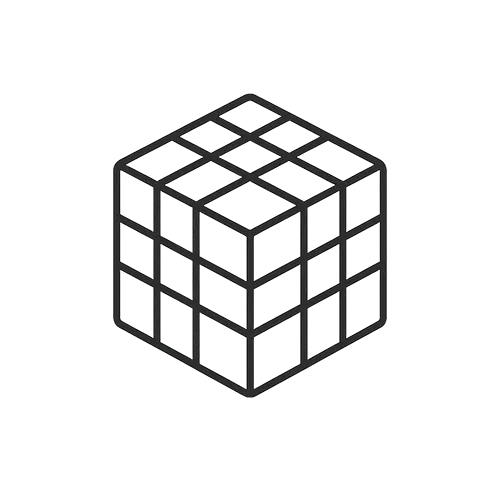
Ready-to-use Models (FEA/CFD)
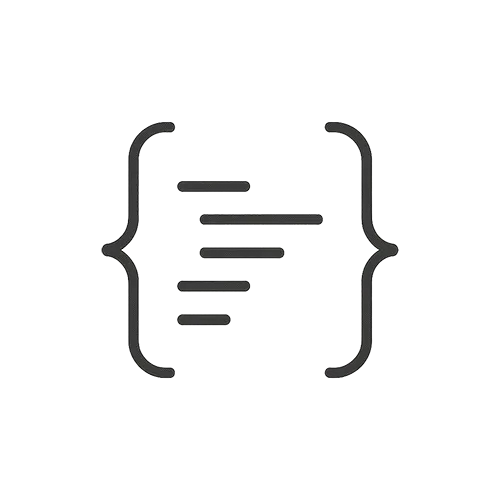
Excel Sheets & Hand Calculations

Codes & Scripts

Structures & Materials
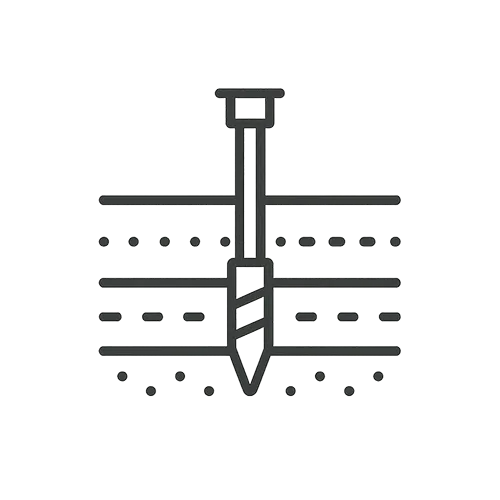
Geotechnical & Soil

Fluid Dynamics (CFD/FSI)
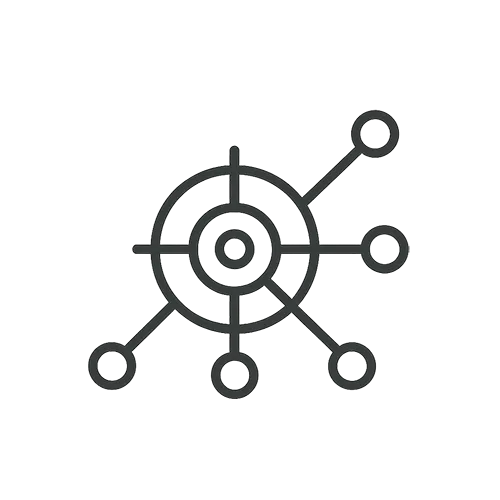







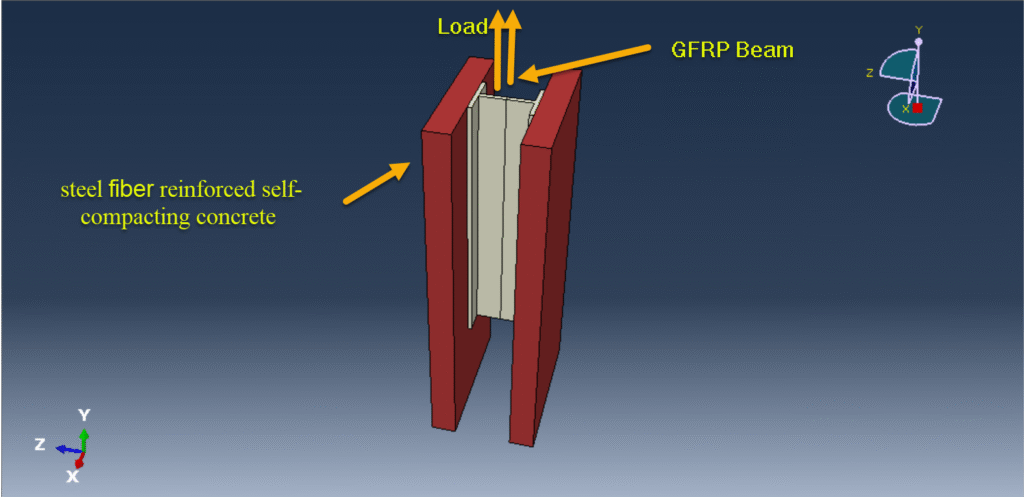
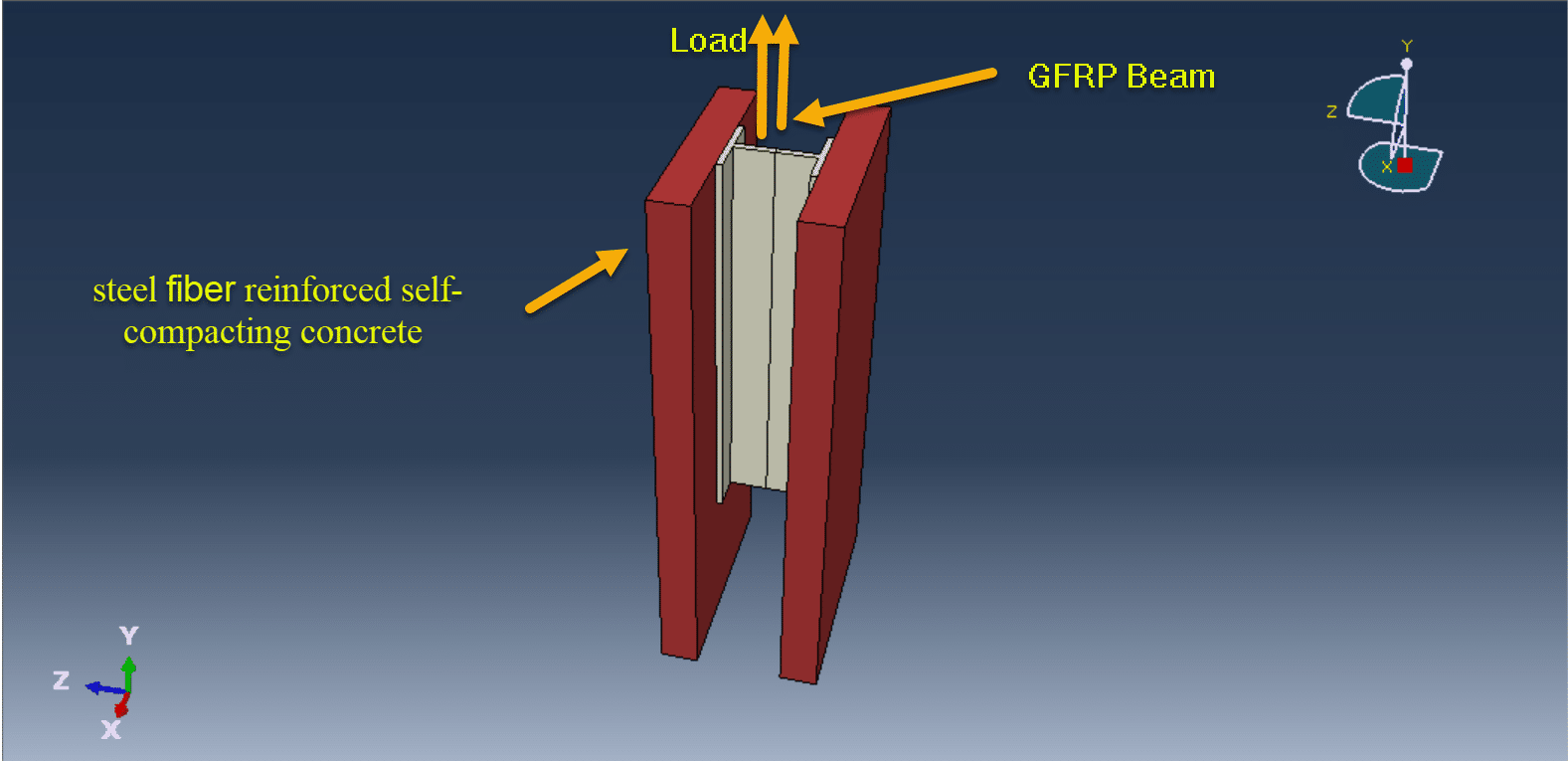




Introduction to Push-Out Analysis of GFRP-Concrete Adhesively Bonded to Steel Fibre Reinforced Self-Compacting Concrete (SFRSCC)
Push-out analysis is a widely used experimental method to evaluate the bond performance between different materials in composite systems. In the context of structural engineering, this technique becomes particularly important when dealing with advanced composite materials such as Glass Fibre Reinforced Polymer (GFRP) bonded to concrete. When such systems are further integrated with Steel Fibre Reinforced Self-Compacting Concrete (SFRSCC), the complexity and performance potential increase, necessitating a detailed investigation.
GFRP is a lightweight, corrosion-resistant, and high-strength composite material commonly used to reinforce or retrofit concrete structures. Adhesively bonding GFRP to concrete elements can significantly improve structural capacity, durability, and resistance to environmental degradation. However, the efficiency of such reinforcement largely depends on the bond strength at the interface between the GFRP and the concrete substrate.
SFRSCC is an advanced type of concrete that combines the flowability and self-compacting properties of SCC with the toughness and crack-bridging ability of steel fibres. This combination enhances both the fresh and hardened properties of concrete, leading to improved mechanical behaviour under various loading conditions.
Both dynamic and static steps can be used; the cohesive interaction between the GFRP I shape part and the concrete is considered.
In the push-out test setup, a composite specimen is subjected to axial loading such that shear stresses develop at the interface between the GFRP and the SFRSCC. The primary goal of this test is to evaluate:
Bond strength at the adhesive interface,
Failure modes (adhesive failure, cohesive failure within concrete, delamination, etc.),
Influence of steel fibres on the bond performance.
This analysis is crucial for the safe and efficient design of GFRP-strengthened concrete members, particularly in infrastructure rehabilitation, seismic retrofitting, and high-performance structural applications. Understanding the interaction between the GFRP, adhesive layer, and SFRSCC matrix allows engineers to optimise material combinations and bonding strategies for enhanced structural integrity and long-term performance.

See more

Want to receive push notifications for all major on-site activities?